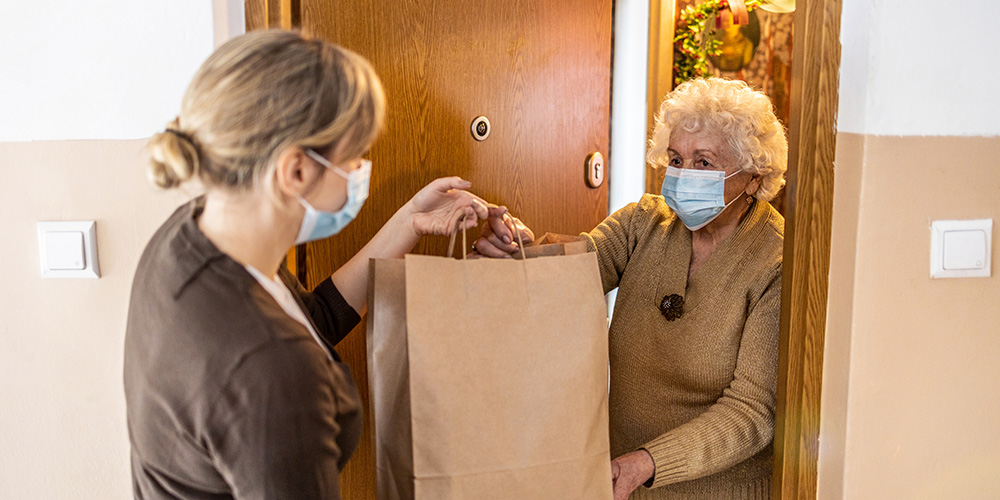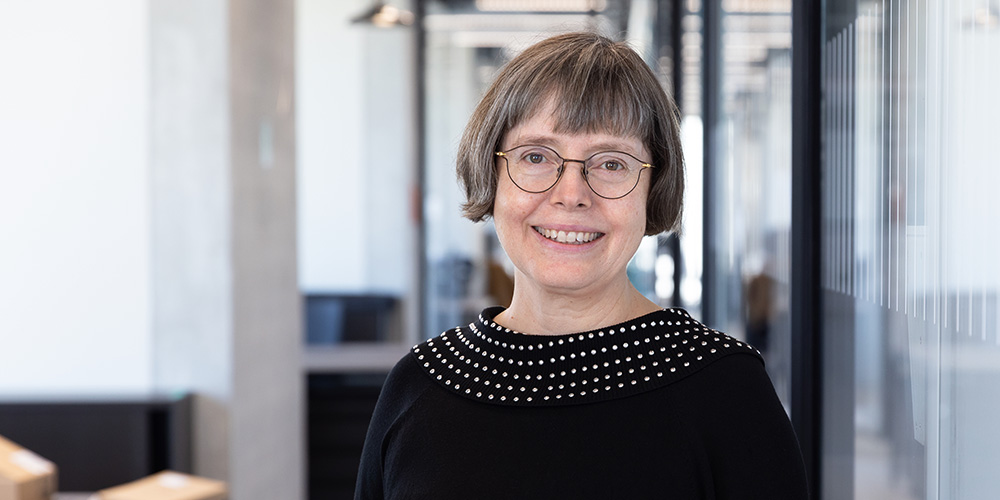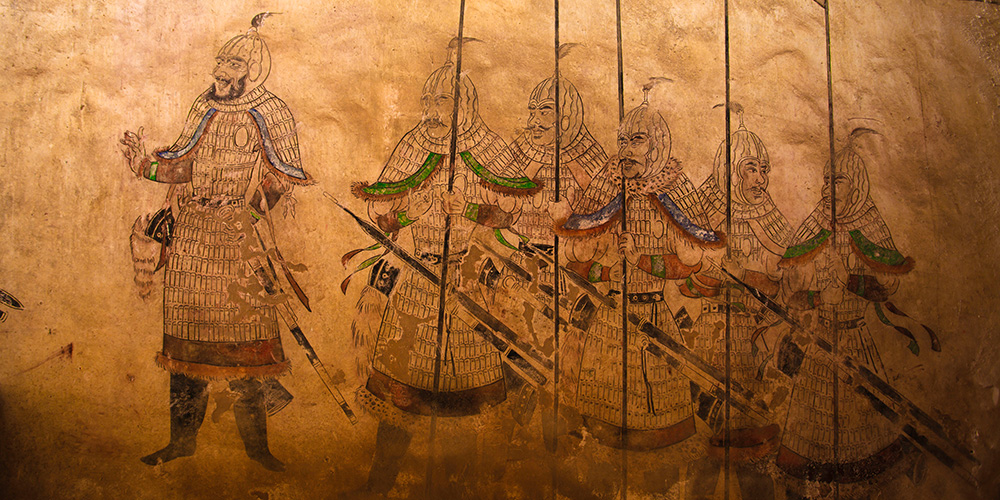Helping the community or protecting oneself? Volunteering during the pandemic
There was a lot of solidarity among people during the coronavirus pandemic – especially at the beginning. Researchers at the University of Basel recently studied how case and fatality numbers influenced volunteer work. Their findings have important implications for governmental authorities about how to manage future crises.
08 August 2023 | Noëmi Kern
The coronavirus pandemic demonstrated that, when push comes to shove, people step up and support each other. This is how many offers to volunteer came about – especially to protect elderly and vulnerable individuals. The retailer Migros and Pro Senectute worked together to develop the Amigos app, which people were able to use to place grocery orders that were then delivered by volunteers.
But there were limits to peoples’ willingness to help. That is one conclusion of a study by researchers at the Center for Philanthropy Studies (CEPS) at the University of Basel. They compared the anonymized data from this app with the Swiss Federal Office of Public Health’s coronavirus statistics. This allowed them to see how the case numbers influenced voluntary work. They published their findings in the journal Nonprofit and Voluntary Sector Quarterly.
Yes to solidarity, but no to risk
The researchers’ comparison of the two datasets shows that voluntary engagement increased as the death toll increased. However, this positive effect flattened considerably as the number of fatalities rose. “We assume that the volunteers saw an increased risk of falling ill themselves. In order to protect themselves, they avoided contact with others,” says Dominik Meier, doctoral student at the CEPS and lead author of the study.
A look at the statistics on people’s willingness to make donations during the pandemic supports this hypothesis. A linear effect is evident here: the higher the case numbers, the more people donated, independent of the fatality numbers. “This may be because financial transactions can also be conducted from home, without people having to expose themselves to a higher risk of infection,” Meier suggests.
Objective data show development
Other studies also show that many volunteers offer their help after catastrophes – after an earthquake in Japan, for example. Most studies of voluntary engagement are cross-sectional surveys, however, which are conducted via questionnaires, Dominik Meier explains. “There can be a social desirability effect in how people answer the questions. This has the effect of respondents portraying themselves as more active than they actually are.”
According to Meier, the advantages of his study are that, for one thing, it makes use of neutral – and thus more objective – data and it is also a longitudinal analysis, in which development is followed over a longer period of time.
The psychologist considers the Amigos app a success. Over a period of about a year, some 27,000 volunteers registered on the app, and they made about 80,000 grocery deliveries. During the first wave in spring 2020, the number of deliveries registered via the app was the highest. There were also slight increases in numbers of registrations during the second and third waves. Seen over the full period, 90 percent of the orders were ultimately delivered.
A model for future crises
The example of the Amigos app demonstrates how quickly helpers can be mobilized using a digital platform. “This can serve as a model for future catastrophes, not just of a public health nature, but also in the case of earthquakes or floods,” Meier says. Experiences from a variety of crises show that people want to help in such situations and that there even tends to be a surplus of volunteers. “The challenge is then to coordinate and delegate the work. An app can be helpful in this regard as well.”
According to Dominik Meier, the example of Amigos also demonstrates that voluntary engagement and professional support can certainly complement one another to a certain extent, but they cannot replace one another entirely. “Especially at the beginning of a crisis, it looks like this works very well – precisely when there is still very likely an undersupply of professional support.” Public authorities must anticipate, however, that voluntary engagement will lessen over the course of a crisis. Official support then becomes necessary in order to avoid an undersupply of assistance. “Our findings also demonstrate that governments should only expect volunteers to take on limited risk of harm to themselves in the course of their voluntary service. If there is additional risk, the authorities should communicate how to minimize it – by wearing an FFP-2 mask, for example.
Original publication
Dominik Meier, Amadeus Petrig und Georg von Schnurbein
Risking Your Health to Help Others: The Effect of Pandemic Severity on Volunteering
Nonprofit and Voluntary Sector Quarterly (2023), doi: 10.1177/08997640231185119



